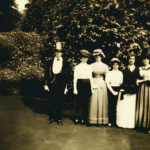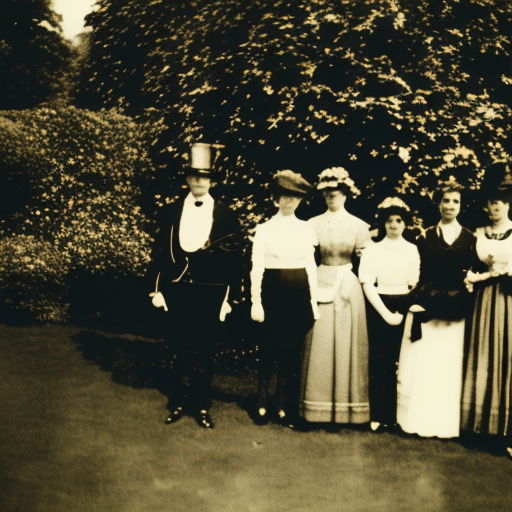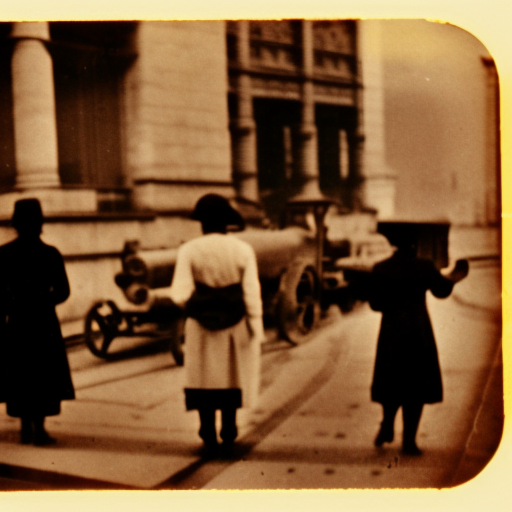The Victorian Era in England: A Comprehensive Summary
The Victorian Era in England, spanning from 1837 to 1901, was a period characterized by significant social, political, and economic changes. Named after Queen Victoria, who reigned during this time, the era witnessed a transformation in various aspects of British society.
Social Changes:
During the Victorian Era, there was a remarkable shift in social attitudes and values. The middle class grew in size and influence, while the working class faced difficult living and working conditions. The era also saw the rise of the women’s suffrage movement, with women advocating for their rights and fighting for gender equality.
Industrialization and Urbanization:
The Victorian Era was marked by rapid industrialization and urbanization. The Industrial Revolution had already begun in the late 18th century, but it reached its peak during this era. Factories and mills sprang up across the country, leading to the growth of cities and the migration of people from rural areas to urban centers.
Political Changes:
Politically, the Victorian Era saw the consolidation of the British Empire. Britain expanded its colonial territories, particularly in Africa and Asia, becoming the largest empire in history. The era also witnessed significant political reforms, such as the Reform Act of 1832, which extended voting rights to a larger portion of the male population.
Scientific and Technological Advancements:
The Victorian Era was a time of great scientific and technological advancements. The era saw the development of the steam engine, which revolutionized transportation and industry. Charles Darwin’s theory of evolution also emerged during this time, challenging traditional religious beliefs and sparking debates about the origins of life.
Art and Literature:
The Victorian Era was a golden age for art and literature. The era produced renowned authors such as Charles Dickens, Jane Austen, and the Brontë sisters, who captured the social realities and moral dilemmas of the time in their works. The era also witnessed the rise of the Pre-Raphaelite Brotherhood, a group of artists who rejected the industrialization of art and sought to return to the detailed and vibrant style of the early Renaissance.
Moral and Social Reform:
The Victorian Era was characterized by a strong emphasis on morality and social reform. The era saw the establishment of organizations and movements dedicated to improving social conditions, such as the Temperance Movement, which aimed to reduce alcohol consumption, and the abolitionist movement, which sought to end slavery.
Colonialism and Imperialism:
The Victorian Era was a period of intense colonialism and imperialism. Britain’s empire expanded rapidly, with territories in Africa, Asia, and the Pacific. The era witnessed both the exploitation of resources and the imposition of British culture and values on colonized peoples. This era also saw the rise of anti-imperialist movements and nationalist sentiments in colonized countries.
Legacy:
The Victorian Era left a lasting impact on British society and the world. It shaped modern Britain, laying the foundations for its political, social, and economic systems. The era’s literature, art, and scientific advancements continue to be celebrated and studied today. However, the era also faced criticism for its social inequalities and the negative consequences of industrialization and imperialism.
In conclusion, the Victorian Era in England was a period of significant social, political, and economic changes. It witnessed the rise of the middle class, the expansion of the British Empire, and the emergence of scientific and technological advancements. The era’s literature and art continue to be celebrated, but it also faced criticism for its social inequalities and the negative impacts of industrialization and imperialism. The Victorian Era left a lasting legacy on British society and the world as a whole.












